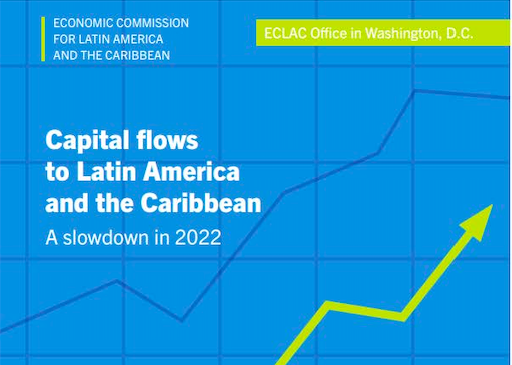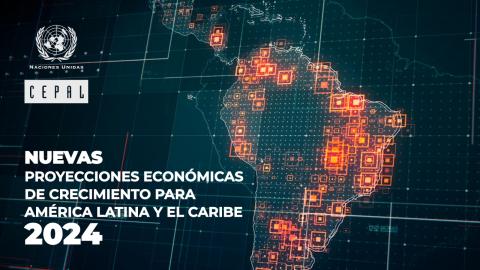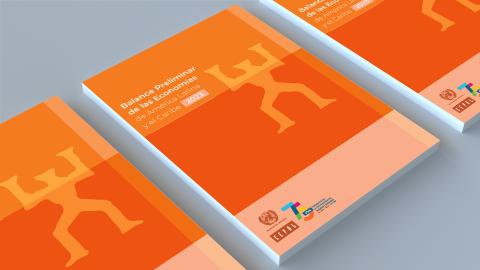Comunicado de prensa
1. Latin American and Caribbean (LAC) issuers placed US$ 58.5 billion worth of bonds in international bond markets from January to October of 2022, down 58% from the same period in 2021 and with an average coupon that was almost 1.5% higher. Aggressive global monetary tightening and increased volatility in government bond markets carried the yield on the 10-year U.S. Treasury note —a benchmark for global borrowing costs— above 4% for the first time in a decade in October, feeding into higher borrowing costs and lower international debt issuance for the region’s sovereign and corporate debt issuers alike.
2. The region’s international bond issuance of green, social, sustainability and sustainability-linked (GSSS) bonds followed the broader market’s trend of declining bond activity due to worsening macroeconomic conditions but showing signs of resilience it slowed less markedly than total overall issuance. The share of these bonds in the region’s total issuance increased to 34.5% from 31% in 2021.
3. Borrowing costs for LAC issuers increased by 115 basis points in the first ten months of 2022, amid rising financing costs and weaker risk sentiment, and reached a peak for the year in September 2022. At 514 basis points at the end of October, LAC bond spreads were 142 basis points higher than pre-pandemic levels.
4. Latin American equity prices have remained resilient this year despite markets’ ups and downs. The MSCI Latin American index gained 6% from January to October 2022, outperforming the emerging market and the G7 indices, which lost 31% and 21%, respectively. While returns have been mixed across countries and quarters, Chile and Brazil’s performances have contributed to Latin America’s overall gains.
5. The region’s sovereign credit quality improved in the first half of 2022 as pandemic-related rating pressures began to fade. Lower funding needs and greater reliance on local markets also contributed to the improvement. Since then, this slight improvement has disappeared and credit quality in the region is trending downwards in the second half, with agencies citing fiscal pressures, constrained funding options, and elevated external borrowing costs.
For a complete and detailed analysis see the PDF attachment with the full document.







